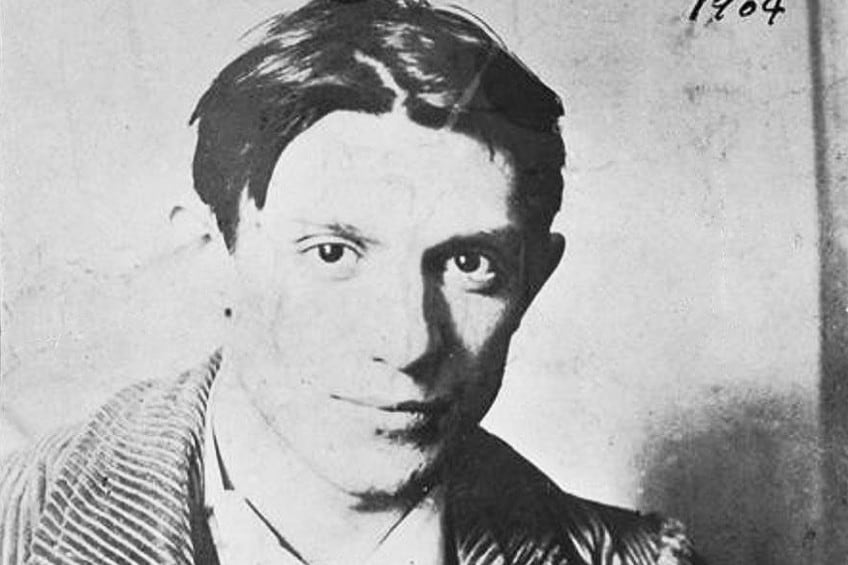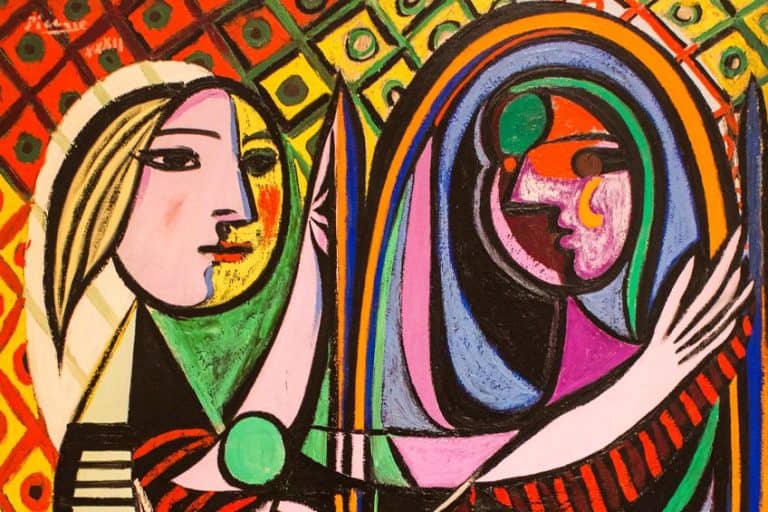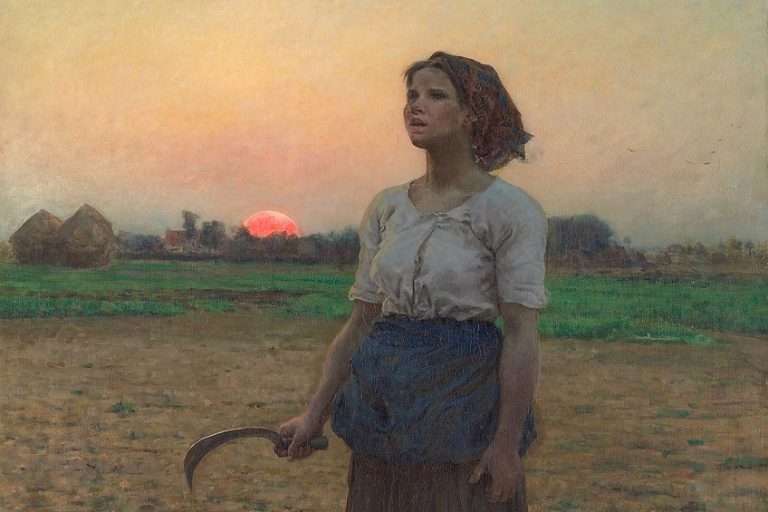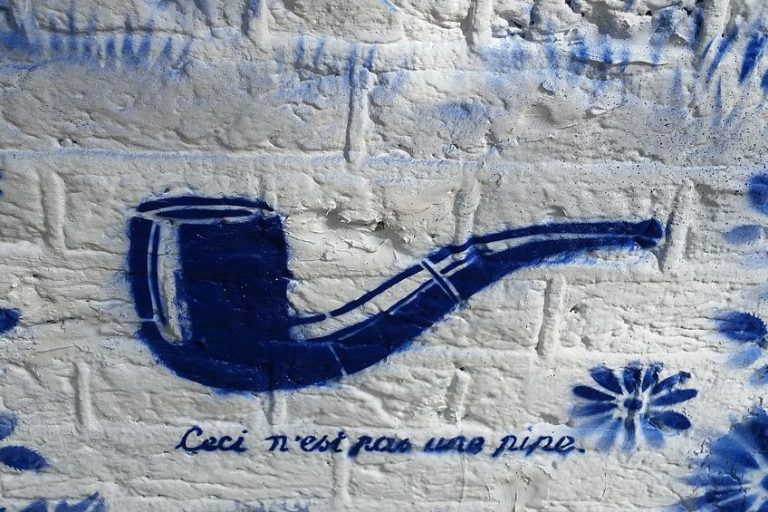“Ma Jolie” by Pablo Picasso – Explore the Cubist Masterpiece
What does a musical instrument, a woman, symbols, and letters, all placed on one canvas, have in common? That would be Pablo Picasso, who was one of the most beloved painters of the 20th century. This article will discuss his oil on canvas, Ma Jolie, painted from 1911 to 1912, which, yes, includes a musical instrument, a woman, symbols, and letters. Let us read more about it below.
Table of Contents
Artist Abstract: Who Was Pablo Ruiz Picasso?
Pablo Ruiz Picasso’s date of birth was October 25, 1881, and he died on April 8, 1973. His birthplace was in Málaga in Spain where he lived until 1891 and then his family moved to A Coruña in 1891 and to Barcelona in 1895. He was drawing from a young age and was tutored by his father Don José Ruiz y Blasco, who was also an artist. His mother was María Picasso y López, who encouraged Picasso’s love and talent for art.
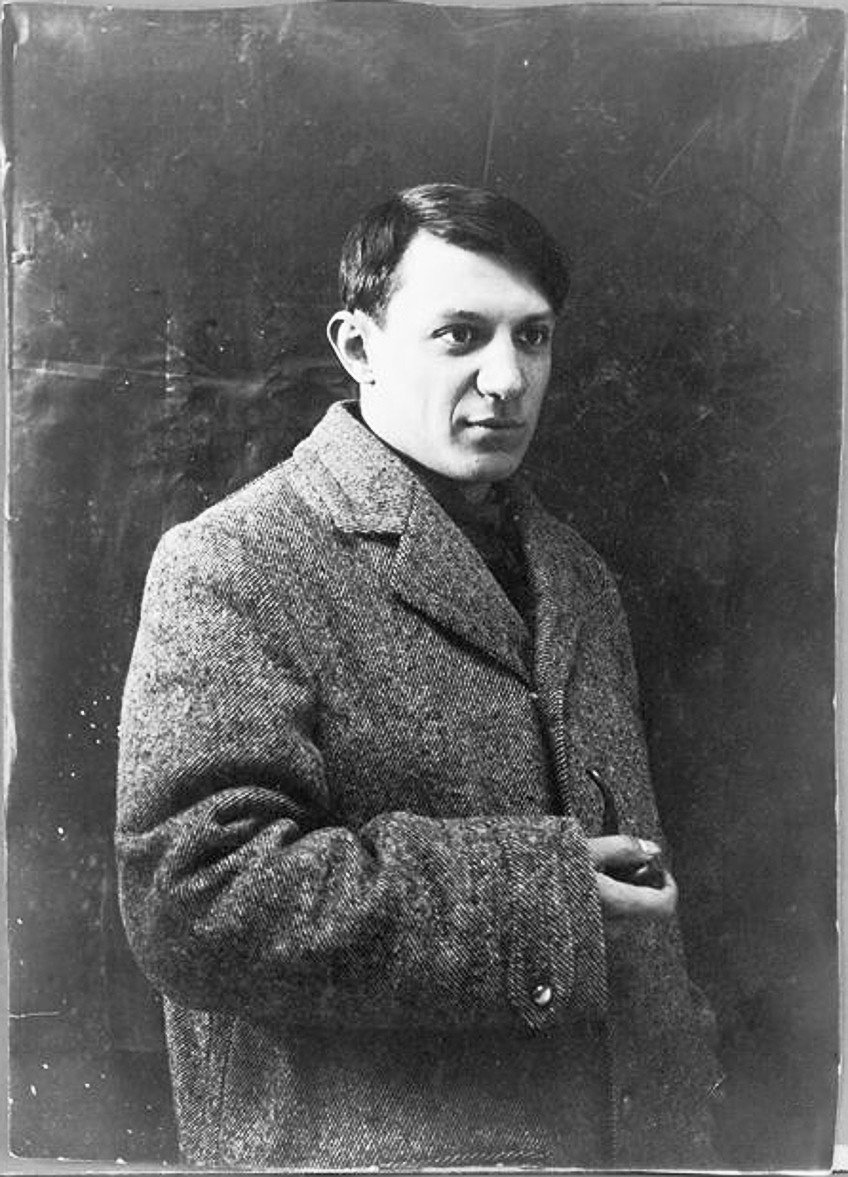
Picasso’s art career can be understood through its categories, namely his Blue Period (1901 – 1904), Rose Period (1905 – 1906), Primitivism and African Art (1907 – 1909), Cubism (1907 – c. 1919), Neoclassicism and Surrealism (1919 – 1929). His famous artworks include Portrait of Gertrude Stein (1906), Les Demoiselles d’Avignon (1907), and Guernica (1937).
Ma Jolie (1911 – 1912) by Pablo Picasso in Context
| Artist | Pablo Ruiz Picasso (1881 – 1973) |
| Date Painted | 1911 – 1912 |
| Medium | Oil on canvas |
| Genre | Abstract art |
| Period/Movement | Analytic Cubism |
| Dimensions (cm) | 100 x 64.5 |
| Series/Versions | N/A |
| Where Is It Housed? | Museum of Modern Art, New York City, United States |
| What It Is Worth | Uncertain |
The article below will be in two parts, namely, a contextual analysis, which will discuss when Pablo Picasso created the Ma Jolie painting, its meaning, and what art style it was a part of, and a formal analysis, which will discuss the subject matter in more detail and how the elements of art are arranged.
Contextual Analysis: A Brief Socio-Historical Overview
Ma Jolie by Pablo Picasso was painted from 1911 to 1912 and is a portrait of a woman who is playing a musical instrument, although you would not think that at first glance! However, the Ma Jolie painting holds a double meaning, which is suggested not only by the painting’s title but the actual “Ma Jolie” words written in the center of the lower in the painting.
So, who, or what, was this “Ma Jolie”? It was a woman, who was reportedly Picasso’s mistress at the time he painted it, whom he also endearingly named Ma Jolie, which means “my pretty” in French, or as many sources state “my pretty one” or “my pretty girl”.
But it was also a song that had the words “Ma Jolie” in them which Picasso alluded to by the image of a musical staff and treble clef to the right of the “Ma Jolie” words. This song was reportedly one that Picasso heard often when he visited a music hall in Paris.
Analytic Cubism
Pablo Picasso and Georges Braque started the art style called Cubism around 1907, which was a result of the artists’ “experimentations” with unique and different depictions of forms and perspectives. These were often overlapping shapes and forms that appeared cut up and viewed from different angles. Cubism was reportedly also inspired by the Post-Impressionist Paul Cézanne’s art style and how he depicted his subject matter in a stylized geometric manner and from different angles/perspectives, for example, Gardanne (1885 – 1886) or Mont Sainte-Victoire Seen from the Bibemus Quarry (c. 1897).
It is important to note that Cubism was also divided into two phases. The early Analytic Cubism, which developed around 1908 to 1912, and the later Synthetic Cubism, which developed around 1912 to 1914.
Formal Analysis: A Brief Compositional Overview
The Ma Jolie painting was a part of the Analytic Cubism art phase, which you will learn more about in the formal analysis below, starting with a visual description of the subject matter and how the art elements of color, texture, line, shape, form, and space compose it.
Subject Matter: Visual Description
Ma Jolie by Pablo Picasso depicts a fragmented space filled with overlapping shapes which are, in fact, a portrait of a woman who is holding/playing a guitar. The woman is Marcelle Humbert, otherwise known as Eva Gouel, who was Picasso’s mistress from 1911 to 1915. There are several traces of identifiable objects and shapes that allude to a figure and a musical instrument in the Ma Jolie painting. The six vertical lines in the lower half of the composition could be the guitar strings.
To the lower right of the composition are four cylindrical shapes, which could be representational of the woman’s four fingers and her hand. On the lower edge, just to the right off-center, is the illustration of a musical staff and a treble clef next to it. Below these, and positioned more in the center, are the words “MA JOLIE”.
Color
The dominant colors in the Ma Jolie painting have been described as consisting dominantly of sepia and brown, with areas of gray, beige, and black with black lines.
The color scheme is neutral and monochromatic, and Picasso often depicted this style of artwork in what is described as muted colors.
Texture
The dominant type of texture in the Ma Jolie painting is Picasso’s visible brushstrokes of the paint on canvas. These appear in different directions, thicknesses, and sizes. Some appear short and choppy in horizontal strokes while others are longer and in diagonal strokes.
Line
There are a variety of lines in Picasso’s Ma Jolie painting. These dominantly consist of black outlines that create the myriad of characteristic Analytic Cubist shapes. The types of lines are straight, curved, vertical, horizontal, and diagonal.
Shape and Form
While Ma Jolie by Pablo Picasso consists of geometric, angular, shapes, of which some are circles, triangles, rectangles, and irregular shapes that are combinations of the above. These shapes are, as it is widely described, fragmented, and compose the subject matter, which is the woman and the musical instrument.
Some of the shapes include the musical symbols and words near the lower edge of the composition, which further points to the meaning of the subject matter. Other figurative shapes, like the four fingers, allude to the woman’s figure.
Space
Due to the fragmentation of the shapes that compose the Ma Jolie painting, the space is flat and two-dimensional. Furthermore, Picasso depicted the overlapping of shapes, often referred to as “planes”, from different perspectives, which was also characteristic of Analytic Cubism.
Planes That Speak a Thousand Words
Picasso painted another Ma Jolie oil on canvas from 1913 to 1914, which depicts the artist’s characteristic overlapping of objects that are also along the theme of music as is evident by the musical instrument and the reappearing words of “Ma Jolie”. It is held at the Indianapolis Museum of Art in Indianapolis Indiana, United States.

Pablo Picasso created his “Ma Jolie” painting as not only a celebration of music on canvas, but as a visual song of his love for his “Pretty One”. Although his dynamic composition causes you to do a double take to determine what or who it is, it is still clear through all the split planes that his picture speaks a thousand words (and two legible ones).
Frequently Asked Questions
Who Painted Ma Jolie?
Pablo Picasso painted the oil on canvas titled Ma Jolie (1911 – 1912), which measures 100 by 64.5 centimeters and is part of his Analytic Cubism art style. It is housed at the Museum of Modern Art in New York City, United States.
Who Was Ma Jolie?
The woman in Pablo Picasso’s Ma Jolie painting was Marcelle Humbert, who was known as Eva Gouel. She was Picasso’s mistress from 1911 to 1915, and the artist reportedly used to call her Ma Jolie, which translates to the so-called my pretty.
How Many Ma Jolie Paintings by Picasso Are There?
Pablo Picasso painted two Ma Jolie paintings. The first was created from 1911 to 1912 and is housed at the Museum of Modern Art in New York City, United States. The other Ma Jolie painting was created from 1913 to 1914 and is housed at the Indianapolis Museum of Art in Indiana, United States.
Alicia du Plessis is a multidisciplinary writer. She completed her Bachelor of Arts degree, majoring in Art History and Classical Civilization, as well as two Honors, namely, in Art History and Education and Development, at the University of KwaZulu-Natal, South Africa. For her main Honors project in Art History, she explored perceptions of the San Bushmen’s identity and the concept of the “Other”. She has also looked at the use of photography in art and how it has been used to portray people’s lives.
Alicia’s other areas of interest in Art History include the process of writing about Art History and how to analyze paintings. Some of her favorite art movements include Impressionism and German Expressionism. She is yet to complete her Masters in Art History (she would like to do this abroad in Europe) having given it some time to first develop more professional experience with the interest to one day lecture it too.
Alicia has been working for artincontext.com since 2021 as an author and art history expert. She has specialized in painting analysis and is covering most of our painting analysis.
Learn more about Alicia du Plessis and the Art in Context Team.
Cite this Article
Alicia, du Plessis, ““Ma Jolie” by Pablo Picasso – Explore the Cubist Masterpiece.” Art in Context. August 16, 2023. URL: https://artincontext.org/ma-jolie-by-pablo-picasso/
du Plessis, A. (2023, 16 August). “Ma Jolie” by Pablo Picasso – Explore the Cubist Masterpiece. Art in Context. https://artincontext.org/ma-jolie-by-pablo-picasso/
du Plessis, Alicia. ““Ma Jolie” by Pablo Picasso – Explore the Cubist Masterpiece.” Art in Context, August 16, 2023. https://artincontext.org/ma-jolie-by-pablo-picasso/.


